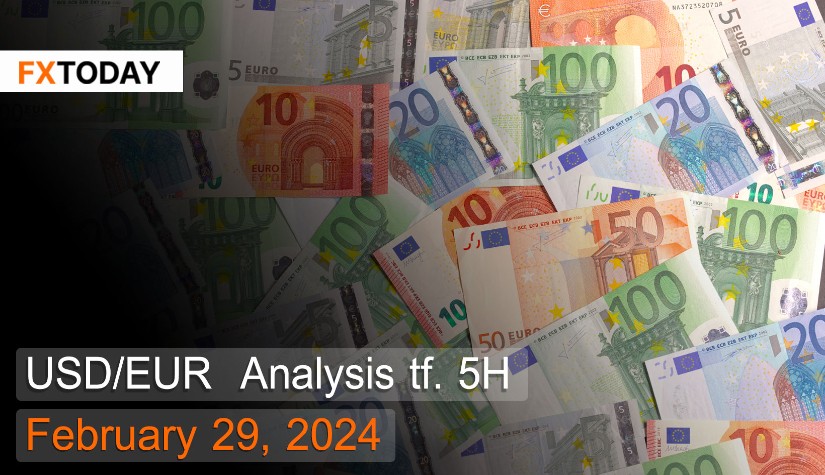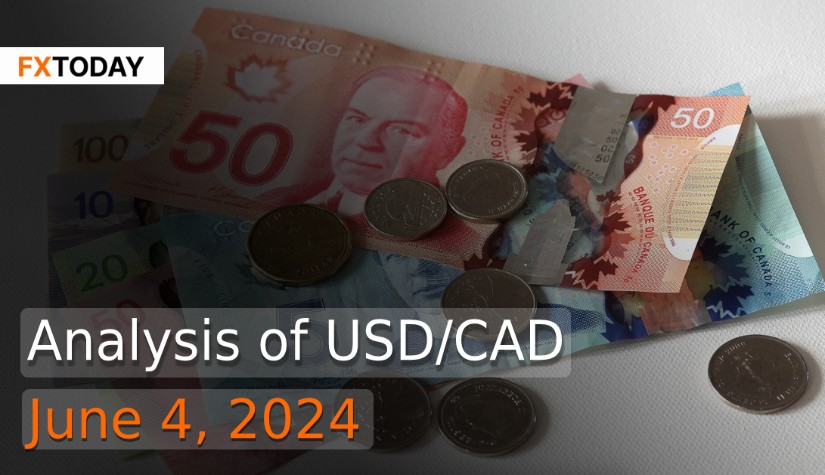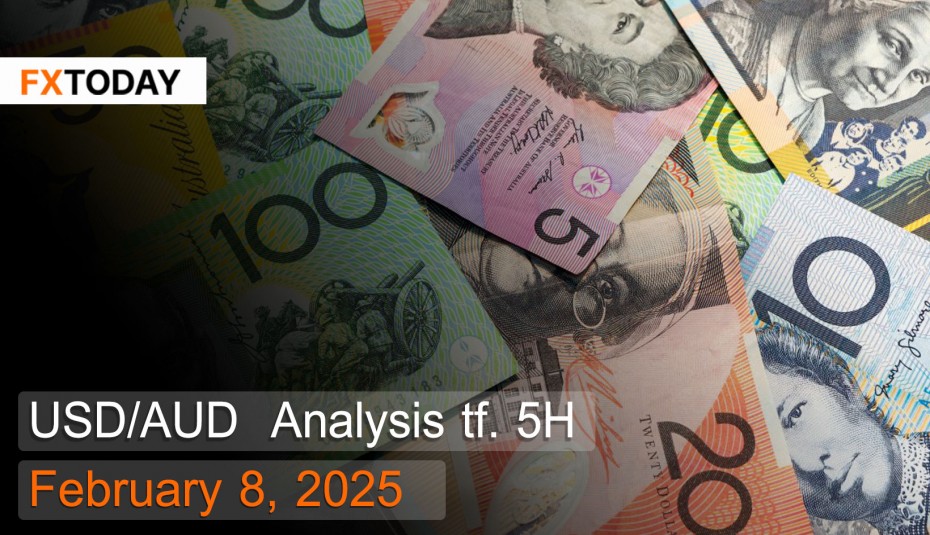Confidence in the Eurozone economy continues to decline, even though inflation has slowed down.
The euro has slightly depreciated after strengthening to 0.92 against the US dollar in the past week. The delayed inflation rate announcement has investors looking for additional signals to predict the monetary policy of the European Central Bank (ECB). There is an expectation of a reduction in interest rates by about 90 basis points this year, down from 150 basis points earlier in the year. The ongoing increase in lending is seen as a positive sign for economies in several countries.
In the latest ECB meeting report, policymakers decided to keep the interest rate at 4.5% and agreed that it was too early to make decisions on rate cuts. This has led investors to lower their expectations of multiple interest rate cuts this year.
ECB policymakers remain concerned about inflation rates, suggesting that rapid interest rate cuts could make future inflation control difficult. Lowering interest rates eases the financial burden on both consumers and businesses, stimulating spending and potentially leading to increased inflation.
The inflation rate in the Eurozone decreased slightly to 2.8% in January, still above the ECB's target of 2.0%. This was influenced by a slight decrease in food and beverage prices by 5.6%, while energy prices continued to decline steadily at -6.1%, which is beneficial for the overall economy. The underlying inflation rate, excluding food and energy prices, decreased to 3.3% for the sixth consecutive month.
Bank lending to households in the Eurozone increased by 0.3% annually to €6.87 trillion in January, marking the slowest loan growth since 2015. This indicates a significant economic slowdown due to high interest rates, which have increased expenses and reduced lending from banks to curb debt formation. Corporate lending increased by only 0.2% due to higher costs of goods and services.
The Economic Sentiment Index in the Eurozone decreased to 95.4 in February, reflecting ongoing concerns about high inflation affecting business costs, borrowing costs, and various product costs. Additionally, weak external demand has led to declining profits in several industries. Confidence among manufacturers decreased to 9.5, service providers to 6.0, and consumers experienced the largest drop to 15.5 due to financial pressures on households.
Techical analysis data (5H)
Resistance: 0.9238, 0.9242, 0.9249
Source: Investing.com
Buy/Long 1: If the price touches support in the price range of 0.922 - 0.9227 but cannot break the support at 0.9227, you may set a TP at approximately 0.9242 and SL at around 0.9216 or according to your acceptable risk.
Buy/Long 2: If the price breaks the resistance in the price range of 0.9238 - 0.9242, you may set a TP at approximately 0.9249 and SL at around 0.922 or according to your acceptable risk.
Sell/Short 1: If the price touches resistance in the price range of 0.9238 - 0.9242 but cannot break the resistance at 0.9238, you may set a TP at approximately 0.922 and SL at around 0.9249 or according to your acceptable risk.
Sell/Short 2: If the price breaks the support in the price range of 0.922 - 0.9227, you may set a TP at approximately 0.9216 and SL at around 0.9242 or according to your acceptable risk.
Pivot point February 29, 2024 09:48 AM. GMT+7
|
Name
|
S3
|
S2
|
S1
|
Pivot Points
|
R1
|
R2
|
R3
|
| Classic | 0.9216 | 0.922 | 0.9227 | 0.9231 | 0.9238 | 0.9242 | 0.9249 |
| Fibonacci | 0.922 | 0.9224 | 0.9227 | 0.9231 | 0.9235 | 0.9238 | 0.9242 |
| Camarilla | 0.9232 | 0.9233 | 0.9234 | 0.9231 | 0.9236 | 0.9237 | 0.9238 |
| Woodie's | 0.9218 | 0.9221 | 0.9229 | 0.9232 | 0.924 | 0.9243 | 0.9251 |
| DeMark's | - | - | 0.9229 | 0.9232 | 0.924 | - | - |
















